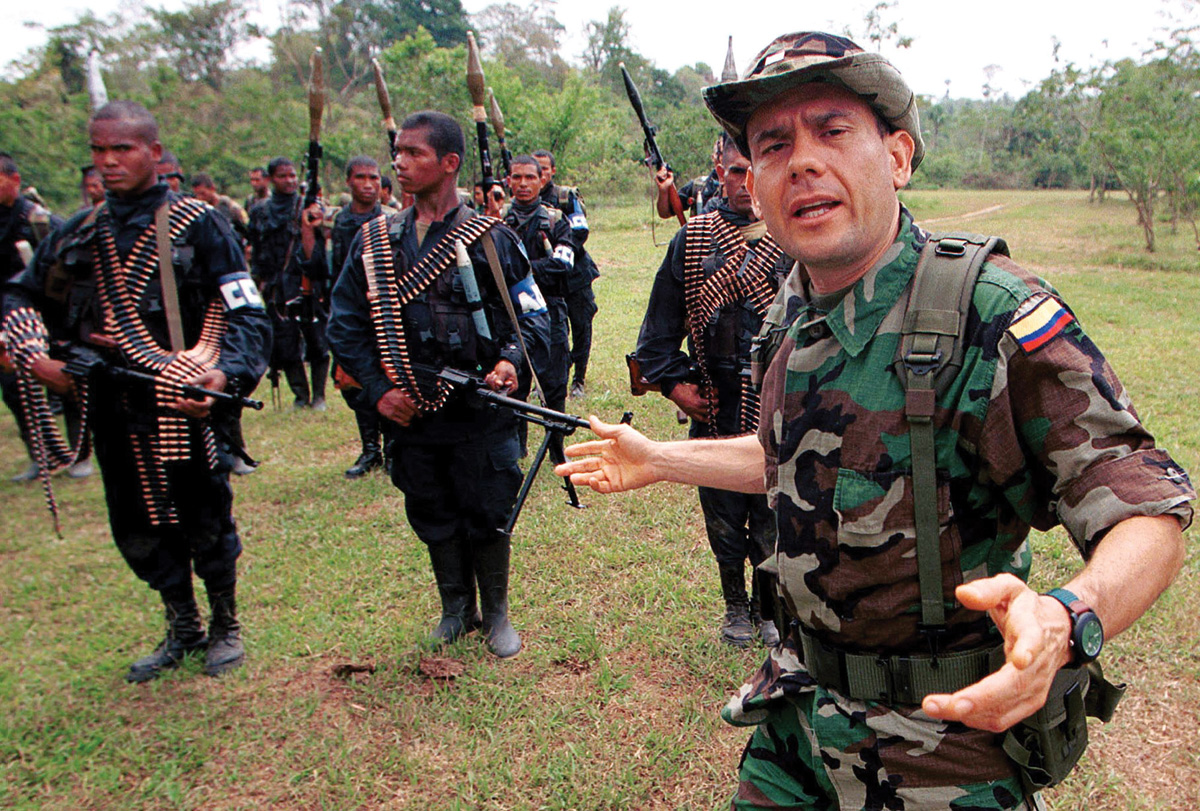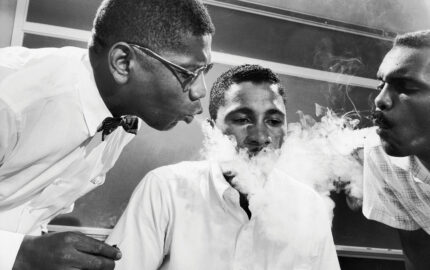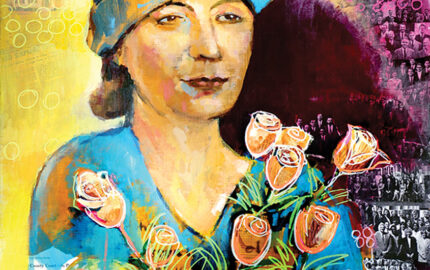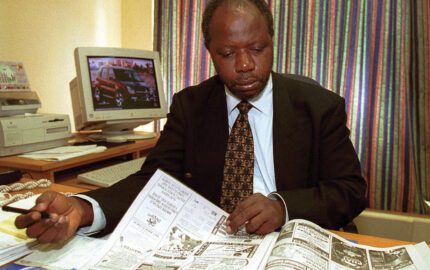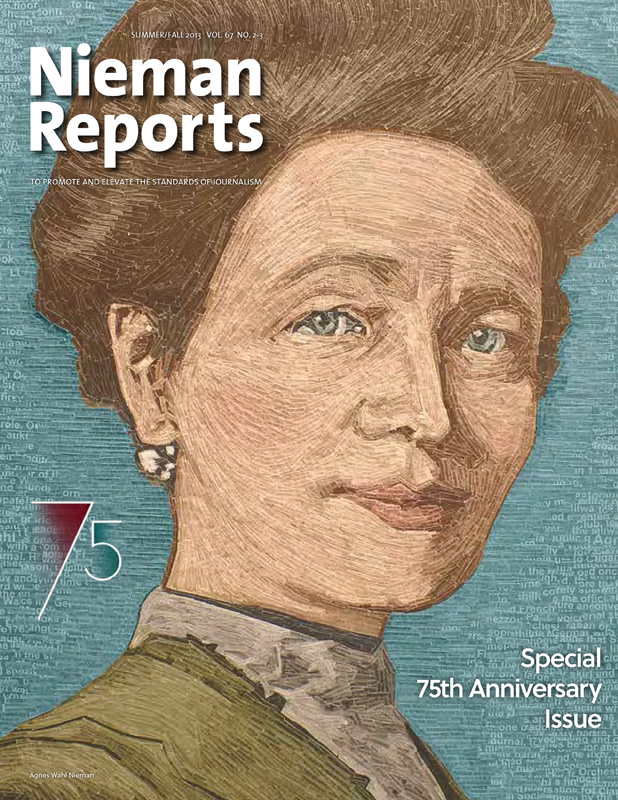
Twice in her life, Caballero found at Harvard a safe haven from threats of violence, first as a Nieman Fellow and later as a fellow at the Kennedy School

I was selected as a Nieman Fellow after spending more than a decade doing investigative journalism in Colombia, exposing cases of corruption and abuse, and after about two years researching the infiltration of drug money into presidential campaigns. My articles were the first to reveal the millions of dollars Colombian President Ernesto Samper’s campaign received from the Cali drug cartel. I often received death threats but continued investigating and writing in the hope of generating some positive change.
Having the opportunity to be at Harvard for a year, I thought about what I could do to help Colombia. I helped organize a conference that brought together Harvard professors as well as Colombian intellectuals and high-ranking officials. With the support of then Harvard Kennedy School dean Joseph Nye, Law School professor Philip Heymann, the David Rockefeller Center for Latin American Studies, and others at Harvard, we hosted “Law and Democracy in Colombia” at the Harvard Law School. Some 350 people attended, including envoys from the White House, observers from the United Nations, and a number of international foundations and institutions dedicated to human rights, political reform, and conflict resolution. The conference was the springboard for the Colombian Colloquium, a network of students, mainly from Harvard and MIT, many of whom have traveled to Colombia to teach, work, and find solutions to the country’s social and economic problems. On returning to Colombia in 1997, my Fellowship experience prompted me to focus on more deeply analyzing the four-decade-long conflict, interviewing leaders of the main factions and exploring ways out of the war.
By coincidence, the very same day I arrived, an awful massacre was committed in the remote town of Mapiripán. I traveled to the region, found evidence that some military officials had collaborated with paramilitaries to commit the atrocities, and that paramilitary leader Carlos Castaño had been behind the “operations.” Five months later, I managed to get an exclusive interview with Castaño, the most-wanted man in Colombia, in which he made a startling revelation: He was ready for peace talks.
When I told Castaño about the conference at Harvard, he was impressed to know that this “important university” was discussing Colombia’s problems. He sent a special envoy to deliver to me a document that included his peace proposal. A few months later, with the support of the International Red Cross and the National Commission on Conciliation, we published “Peace on the Table,” which revealed the peace proposals of all the parties—guerrilla groups, paramilitaries and the government—involved in the conflict. Comparing the proposals, we identified a number of areas of apparent common ground. Subsequent administrations have preferred to negotiate with individual factions rather than seek a comprehensive agreement, but the hope of civilians trapped in the conflict is that it will soon come to an end.
The Nieman year gave me not only time to reflect on my country’s troubles but also provided me with a broader international perspective. Partly thanks to the success of the Colombia conference, I was invited to return to Harvard, once again at a time when my life was in danger. The Nieman experience opened doors to new opportunities—for me and my country.
